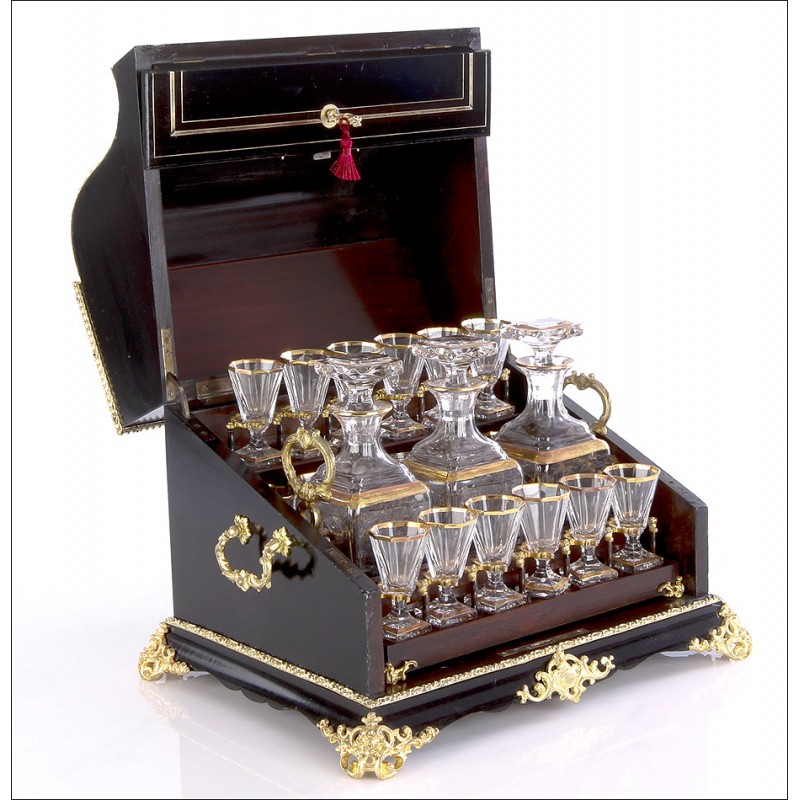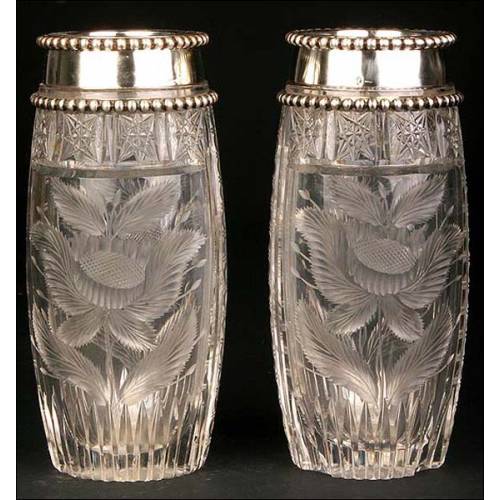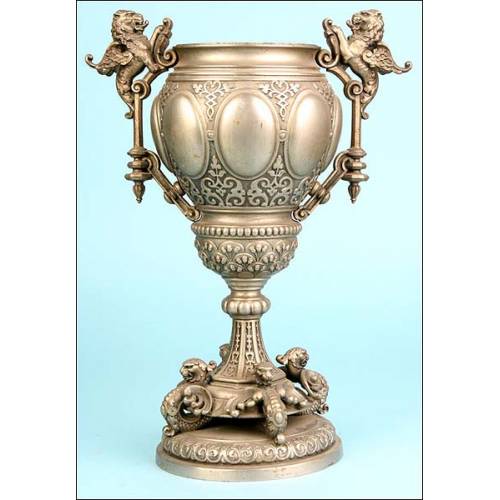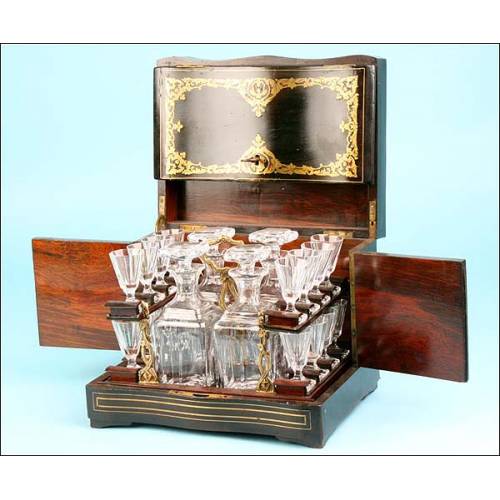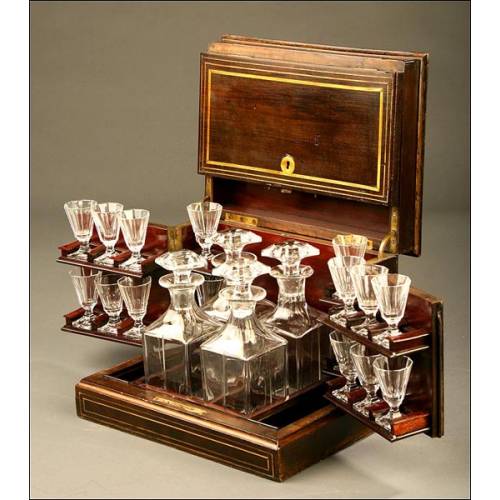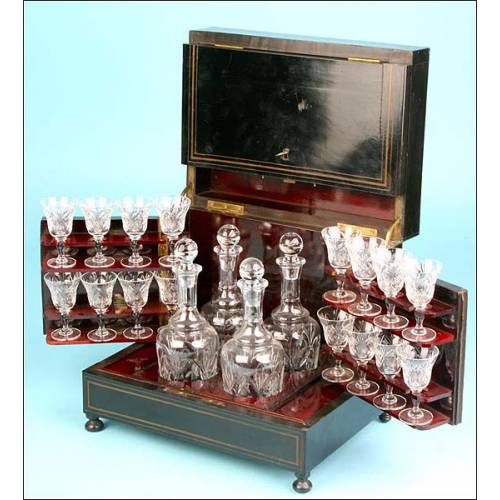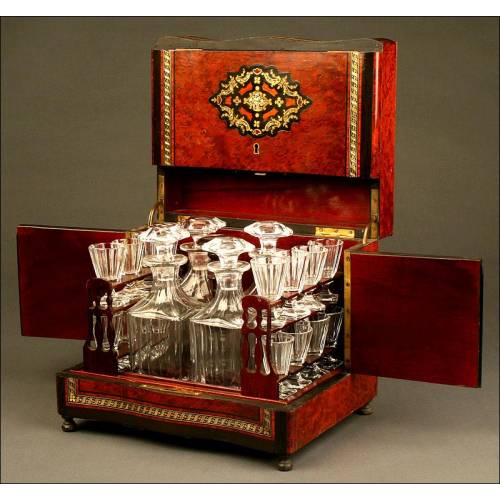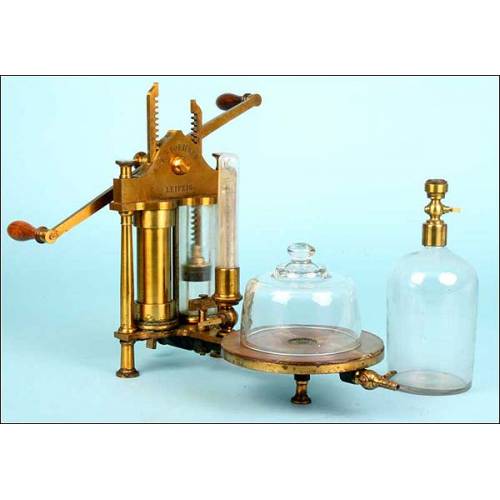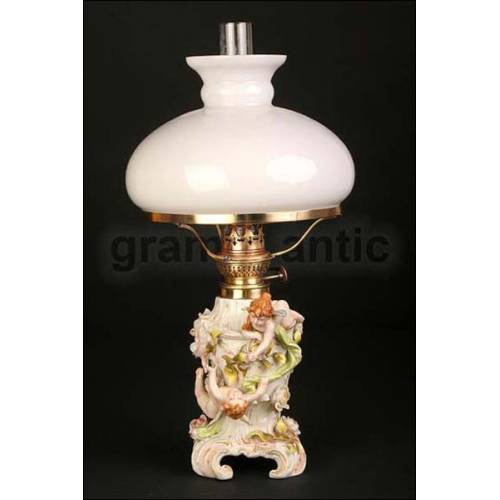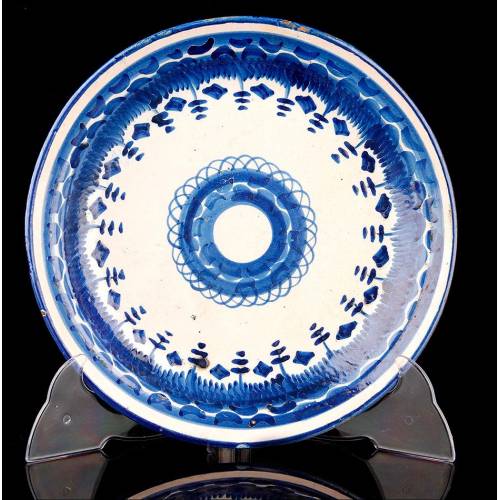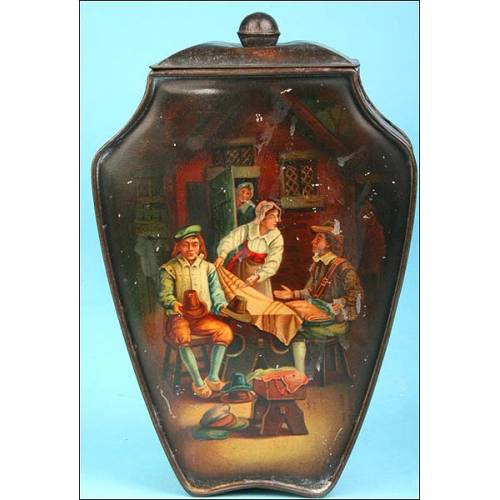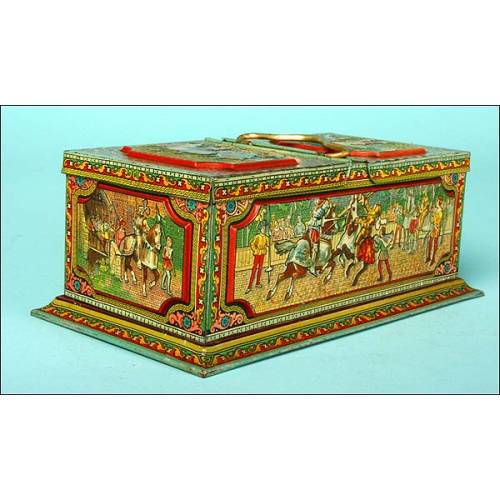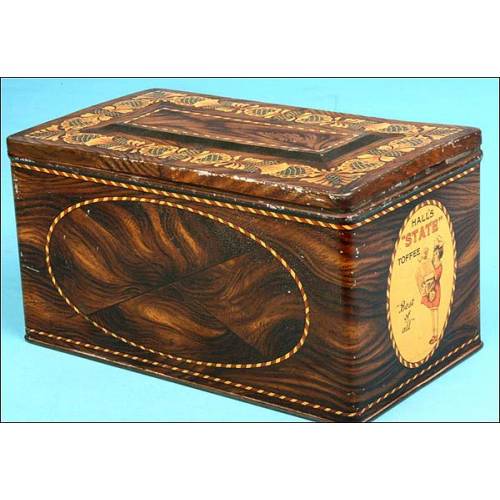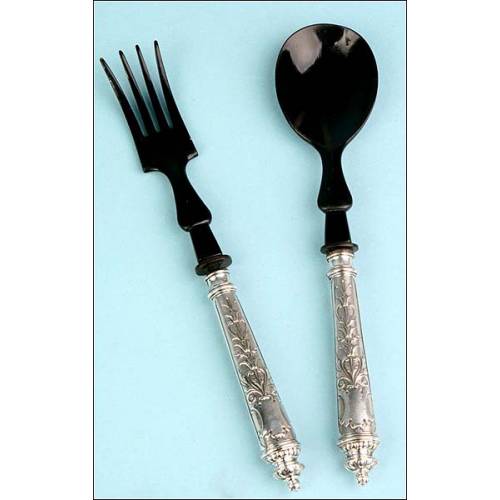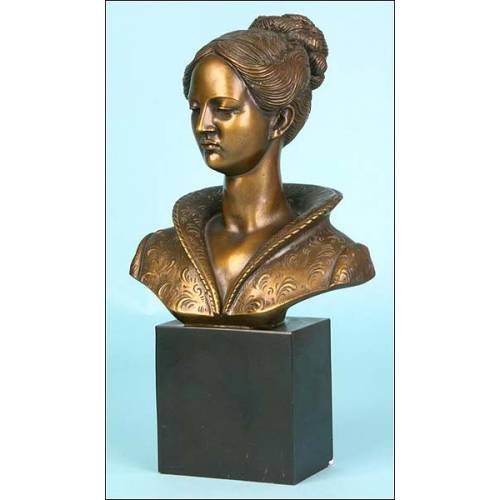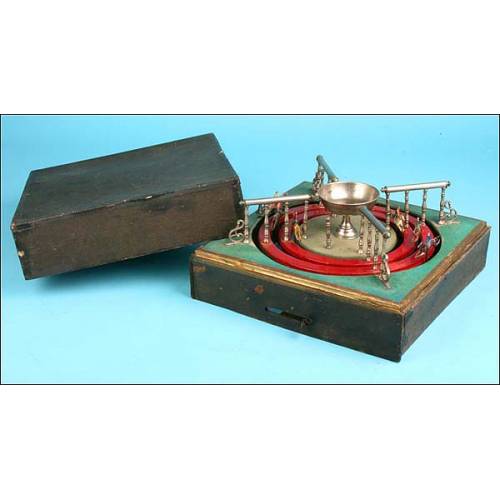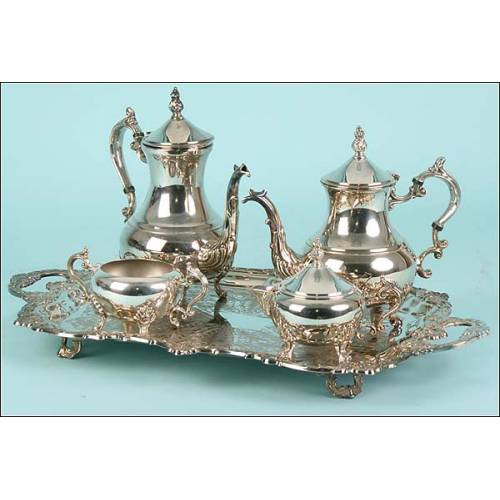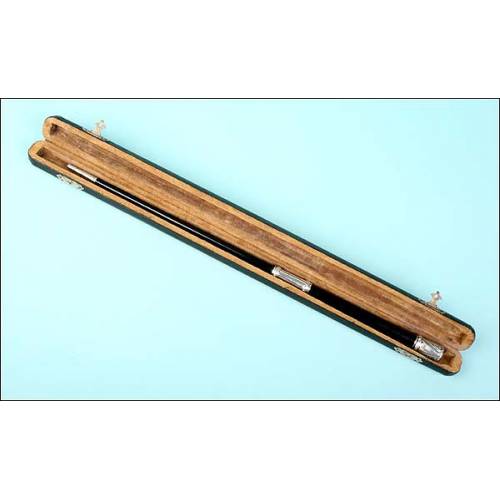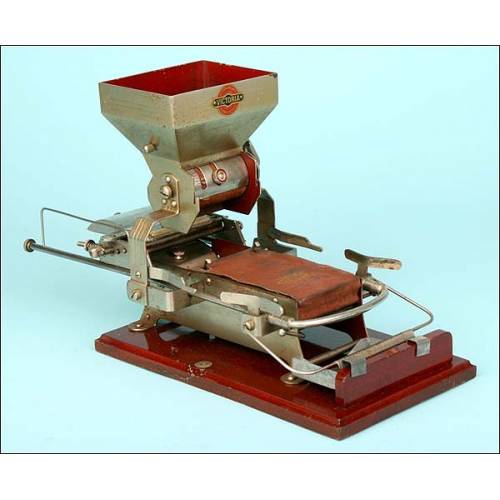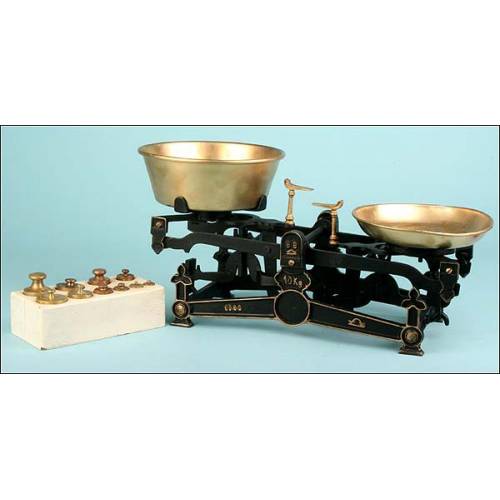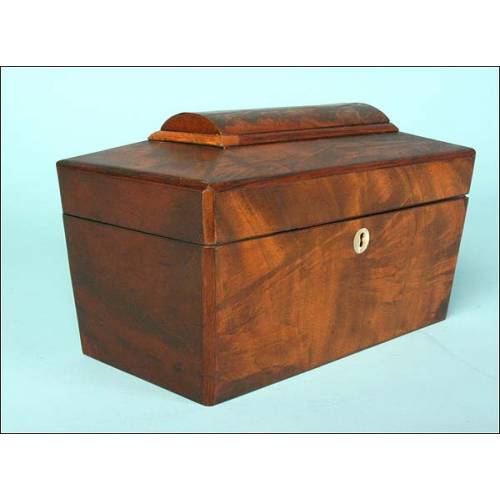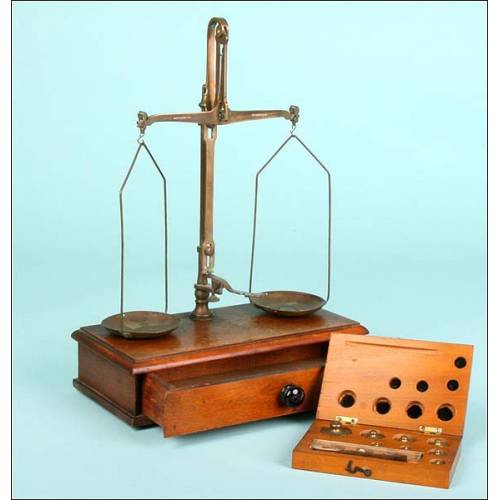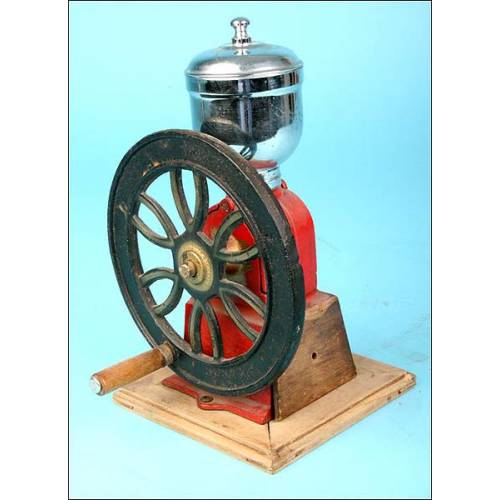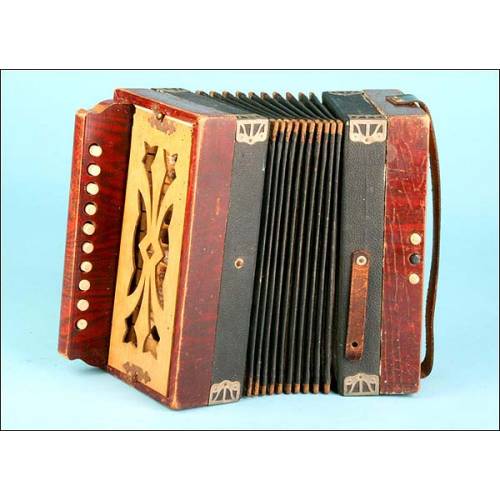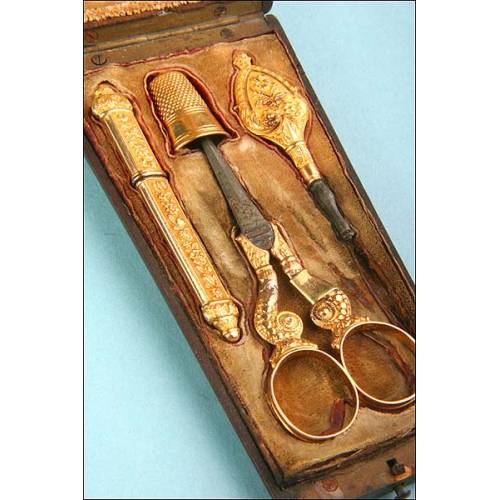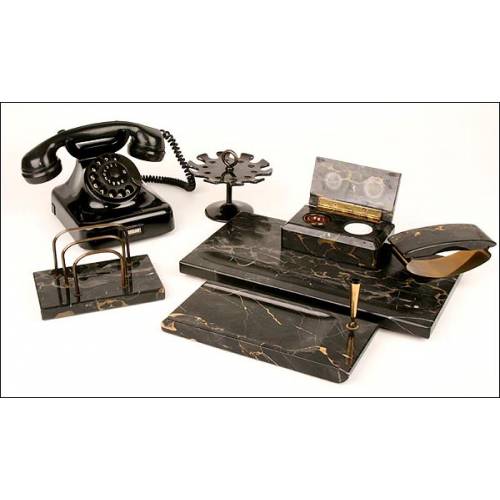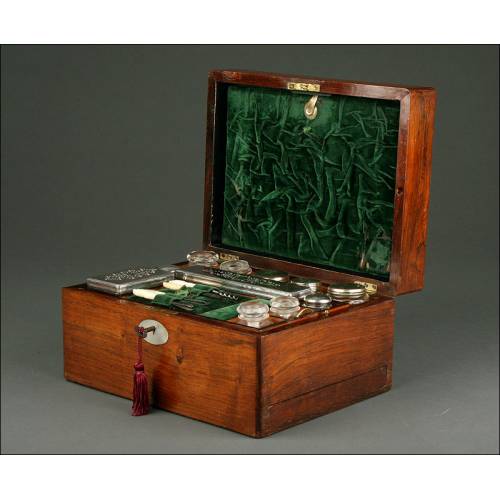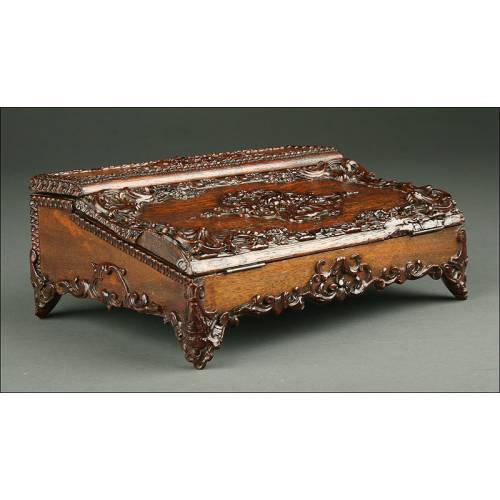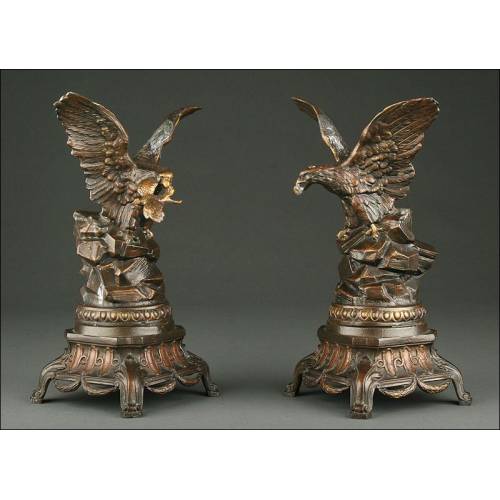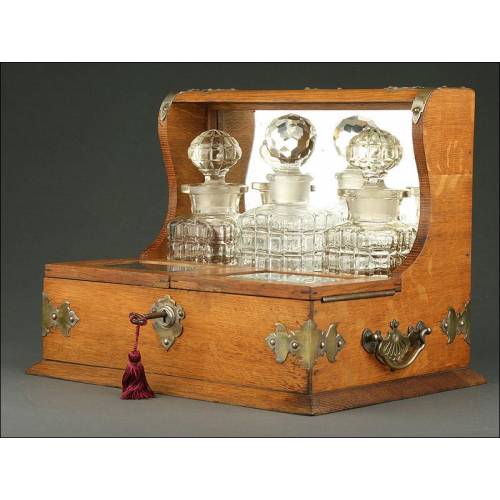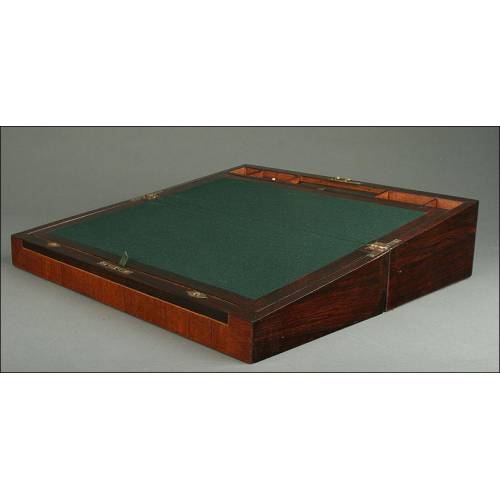C-106
Antique Piano Type Liquor Cabinet with Boulle Marquetry. France, 1890
Beautiful antique piano type liquor cabinet decorated with Boulle marquetry. Restored and very beautiful.
Sold!
This outstanding piece is an antique piano-shaped liquor cabinet, so called because when closed its profile reminds us the shape of a piano. The cabinet comes from France and was made in the late 19th century (1890). It is a gorgeous piece, decorated with a lovely Boulle marquetry detail in wonderful condition. It has been thoroughly restored and today it looks as beautiful and elegant as we can appreciate in the images. The liquor cabinet is made of wood with a fine black-lacquered finish inside and outside. Over the dark lacquer, the lovely brass, mother-of-pearl and lapis-lazuli marquetry motive stands out strongly and creates an interesting focal point. The ormolu details that adorn the small piece of furniture (handles, legs and fringe) shine powerfully too on the dark black background. The cabinet preserves the original ormolu key that opens and locks the piece. Inside there is a complete hand-carved glass set, decorated with golden details and composed of three bottles and a lot of delicate cups. The glassware is the original one except for two of the cups that show some slight differences. Though delicate and fragile, all the cups and bottles remain perfectly preserved. Bound to shine in the most stately living or dining room, this antique piano-shaped liquor cabinet with Boulle marquetry and ancient glassware is worthy of inclusion in a good museum of decorative arts. Measurements (Open): Width: 14.9 in / 38 cm. Height: 18.5 in / 47 cm.History of André-Charles Boulle André-Charles Boulle (11 November 1642 28 February 1732) was a French cabinetmaker generally considered to be the most preeminent artist in the field of marquetry. Christened by his contemporaries as "the most skillful artisan in Paris," André-Charles Boulle's name is synonymous with the practice of veneering furniture with marquetry of tortoiseshell, pewter, and brass. Although he did not invent the technique, Boulle was its greatest practitioner and lent his name to its common name: boulle work. Boulle also specialized in floral marquetry in both stained and naturally colored wood. Many of his designs are illustrated in a published around 1720: Nouveaux dessins de meubles et ouvrages de bronze et de marqueterie. Before 1666 Boulle was awarded the title of Master Cabinetmaker; in 1672 the king granted him the royal privilege of lodging in the Palais du Louvre. In the same year, he achieved the title of Cabinetmaker and Sculptor to Louis XIV, king of France. This new title allowed him to produce furniture as well as works in gilt bronze such as chandeliers, wall lights, and mounts. Boulles works can be found in the Palace of Versailles, the Chantilly Castle, the Cheverny Castle, the Louvre Museum, the Wallace Collection and the Royal Collection in London and the Getty Center in Los Angeles.

